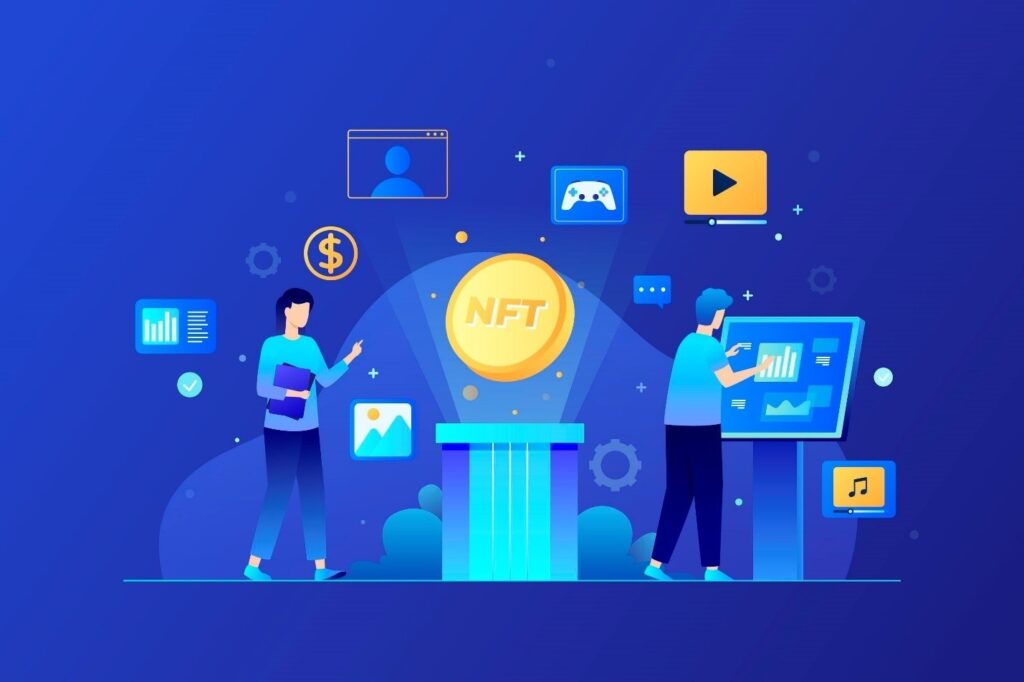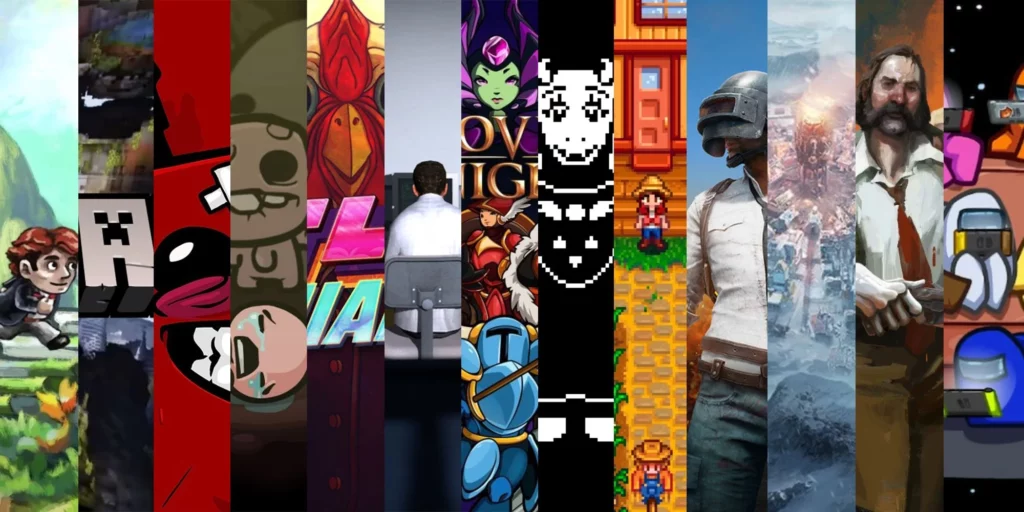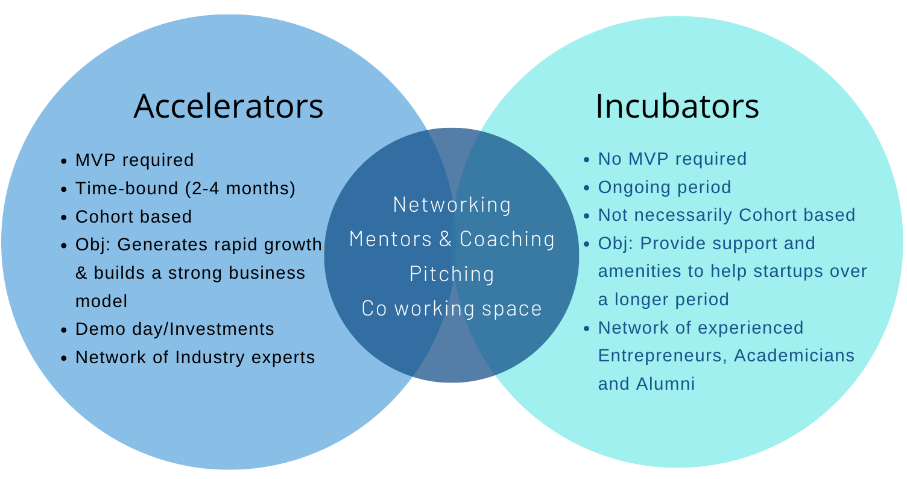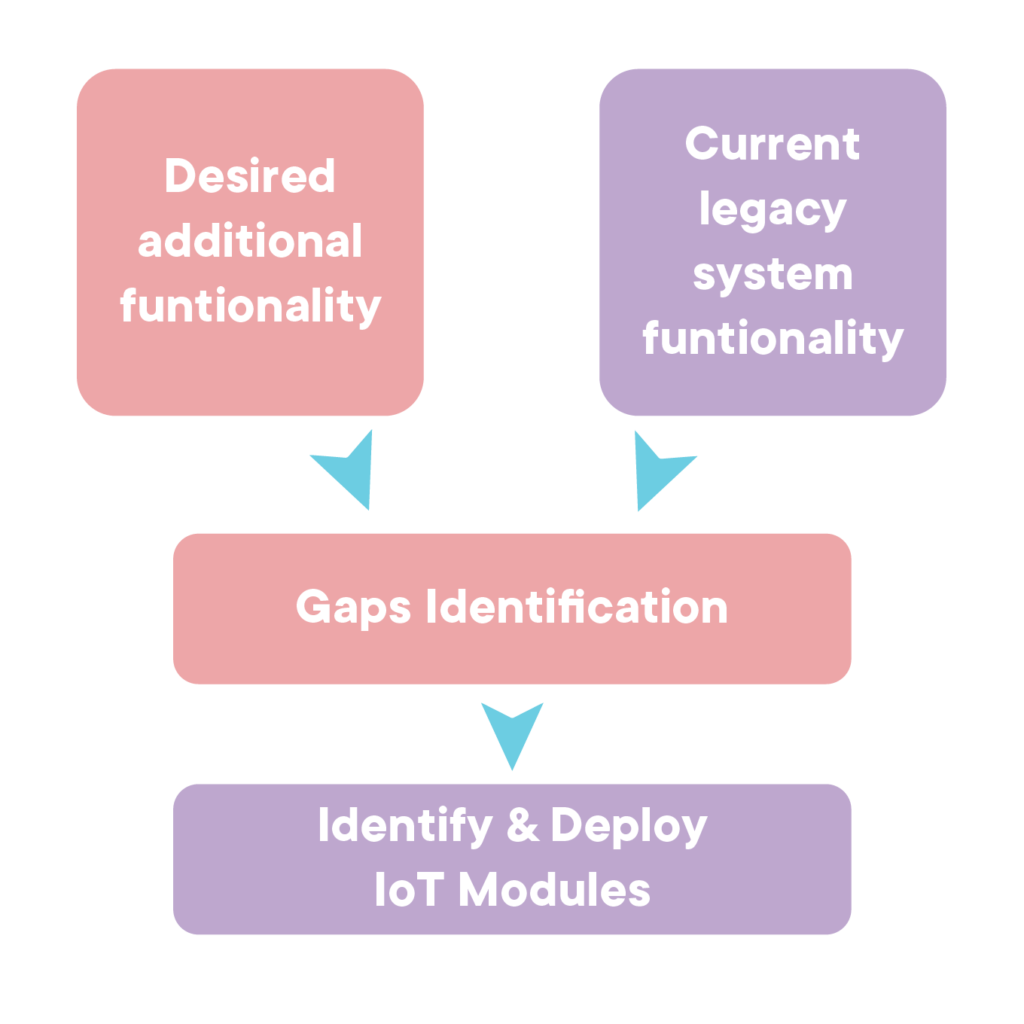

As of April 2021, the global gaming value exceeded $300 Billion. While a substantial chunk of it is due to the rapid adoption in the recent pandemic and the availability of a plethora of mobile games, gaming is no more a child’s play. A sustainable, long-term monetization strategy can’t just be an afterthought but an essential building block for gaming, media, and entertainment businesses.
It’s 2022, and we are entering a new dimension with bleeding-edge innovations across industry verticals. The line between gaming, the media and entertainment is getting thinner by the day. Seamlessly integrated experiences may have sounded fancy a couple of years back, but now it’s a bare essential.
We’re about to enter the next generation of seamless connected-tech experiences, thanks to Metaverse. It’s time for content-based enterprises, from small indie studios to large AAA studios and OTT platforms, to reconsider their monetization strategy.
The Current State of Monetization
Monetization in games, media, and entertainment has evolved over the decades.
Games were sold as finished products in cartridges and then on physical discs. They used to be one-and-done products for which the customer got the most for their spend.
With the shift towards digital game stores like Steam, Epic, GOG, and others, the monetization landscape saw a transformational shift.
For once, studios and publishers saved a lot of money since they didn’t have to print, package, and transport the physical game copies. They could also rely on fixing game bugs and patching them via Over-The-Air updates post-release, and then there’s Downloadable Content.
All these had a budget constraint and limited the possibilities for smaller players.


However, the paradigm shift in monetization came with mobile games. They brought in a shock and awe effect by leveraging the freemium models and using in-app purchases, in-game ads, and paid games to bypass the ads and paywalls compared to free games.
In media and entertainment, the advent of streaming platforms saw a similar dynamic, and the typical commercials saw a shift. Traditional media houses were left behind with a significant gap as OTTs ruled the roost.
But now, we are about to witness another shift that will affect the current monetization strategies of the gaming, media, and entertainment industries.
The New Era of The Internet is Changing Everything
We have too many digital game stores and streaming platforms, and the users are starting to feel the pinch. Subscription fatigue is starting to set in, making monetization challenging for businesses.


On top of that, we’re on the verge of a new version of the internet, one where entertainment will be an intertwined concept tag-teamed with gaming. Metaverse will be at the helm, and digital transactions and monetization methods will witness a rapid transformation. Saurabh Tandon, President & Board Member at Affine, recently shared his thoughts on this.
We now have blockchains in the mix, which can change the whole economy of monetization for both creators and businesses. Like it or not, the metaverse might very well become a crucial player in the world economy.
Physical and Virtual Lives will Bridge for a Unified Experience
XR (Extended Reality), an amalgamation of Virtual Reality, Augmented Reality, and mixed reality technologies, will pave the way for our future entertainment content requirements.


So, what does this mean for businesses? Big Tech giants rule with an iron fist, and content moderation is a grey area in the current climate.
“With the next generation of the internet, we are looking at decentralization and a leap of technology,” said Christopher Lafayette, Founder and CEO at Gatherverse, when he recently spoke at a virtual summit.
Advertising has already changed since its inception, and today it’s focused on content creators and consumers.
With content creators and influencers, advertising has taken center stage and helps ads find takers among the form of consumers with their large subscriber base.
Non-Fungible Tokens (NFTs) are now trending and are set to be a digital form of payment, letting users buy and trade digital assets. With users creating communities for such “digital marketplace,” the playing field for monetization is in dire need of an update and can’t rely on traditional practices.
What is the Future of Monetization?
The future of monetization with web 3.0 may be questionable, but the majority of web3.0’s focus is on decentralization. User is at the core; and will be the driving force, be it content, ads, or monetization. Adaption is the need of the hour for businesses.


Sure, the traditional payment methods will remain. But businesses have to acknowledge the fact that blockchain will be thrown into the mix and change the dynamic of the digital economy. Rafael Brown, CEO & Co-Founder at Symbol Zero, who was a speaker in a recent tech symposium, said, “PC and Mobile gaming have established a monetization economy. As technology changes with time, we need to revisit our assumptions. The need of the hour for blockchain technology is to create sustainable monetization.”
The tech summit brought together more than 20 world leaders from Gaming, Media & Entertainment to participate and unravel the direction we as humans powered by tech are headed with web 3.0. With discussions on monetization, metaverse, subscription fatigue, OTT platforms, and many more interesting topics, the virtual event was a hit around the globe.
Watch the enticing session recording here.
Affine combines the hyper-convergence of AI, data engineering & cloud with deep industry knowledge in manufacturing, gaming, CPG, and technology. Affine demonstrates thought leadership in all relevant knowledge vectors by investing in research through its highly acknowledged centers of excellence and strong academic relationships with reputable institutions.
Reach out to us to put a robust and sustainable monetization strategy in place for your business!



















































